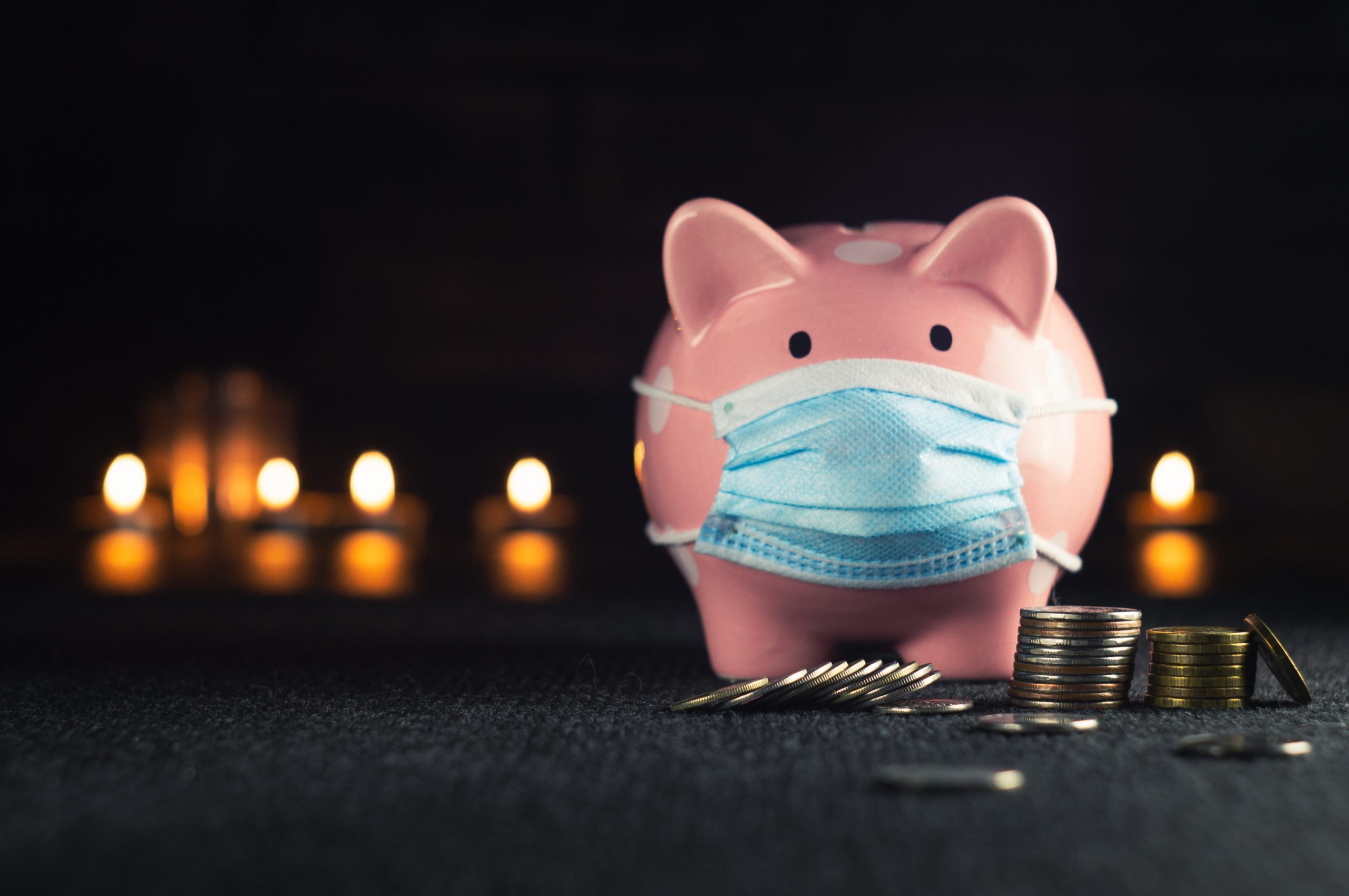Once again, a budget windfall, thanks to higher commodity prices, has allowed the government to spend more and forecast lower budget deficits. The 2022-23 deficit is now forecast to be $80 billion lower than last year’s estimate.
Given a federal election is looming, this budget was somewhat constrained on the spending side compared to prior pre-election budgets. This year, the government had to contend with a strong economy, rising inflation and rising interest rates, so it has trodden a careful line between offering some immediate incentives and pushing inflation even higher.
Combating the rising cost of living was the focus of the budget and this looks set to be a key topic of the election debate. The government announced a handful of measures that will make an immediate impact on household finances though they are temporary in nature. They are designed to alleviate financial pressures in the months ahead and then cease once the election race has been run.
Key Points
While the list below is not exhaustive, we provide some of the key takeaways from the night.
Cost of living
- A one-off tax-free payment to qualifying social security recipients – includes Age Pension, Disability Support Pension, Carer Payment, Youth Allowance, Jobseeker Payment, Pensioner Concession Card Holders and Commonwealth Seniors Health Card Holders.
- A temporary cut in the fuel excise of 22.1 cents per litre. The average family car with a 60-litre tank will save $13.50 per tank. This will cease in September 2022.
- A one off $420 tax offset for those earning under $126,000.
- Continuation of the Low and Middle Income Tax Offset to the end of June 2022.
The following table highlights the tax offset including the additional one off $420
|
Taxable income |
Offset |
|
Up to $37,000 |
$675 |
|
Between $37,000 and $48,000 |
The offset increases at a rate of 7.5 cents per $1 above $37,000 |
|
Between $48,000 and $90,000 |
The full $1,500 |
|
Above $90,000 |
The $1,500 reduces at a rate of 3 cents per $1 and ceases at $126,000 |
Economy
- GDP forecasts have been revised up and is now expected to reach 4.25% in 2022-23.
- Unemployment is expected to fall to 3.75% by June 2023.
- Inflation is forecast to reach 4.25% this year before fading back down to 2.75% by 2024-25.
- The government now expects the Federal budget deficit to peak at a record $106.6 billion this financial year – $80 billion lower than forecast 12 months ago.
- Commonwealth net debt is still expected to hit $1 trillion in 2024.
Infrastructure
The Government has committed an extra $18 billion to priority road and rail infrastructure.
- An additional $7.1 billion in regional infrastructure.
- A focus on water security with $7.4 billion for new and expanded dam projects.
- A $480 million NBN upgrade for regional areas.
Jobs
- A further $2.8 billion to support Australian apprenticeships.
- A regional Accelerator Program of $2 billion to create regional jobs.
- An investment of $9.9 billion in Australia’s intelligence and cyber security capabilities.
Tax
- Eligible small businesses will be able to deduct an additional 20% of expenditure on external training courses that upskill their employees.
- Small businesses will also be able to deduct an additional 20% on eligible expenditure that supports digital adoption, such as portable payment devices, cyber security systems and cloud-based service subscriptions.
Super
- The government announced a 12-month extension of the temporary 50% reduction in superannuation minimum pension drawdown.
Other
- The Paid Parental Leave scheme is to be tweaked into a single scheme of up to 20 weeks leave which can be shared between either parent. Single parents will also now be eligible for the full 20 weeks.
- The government will provide an additional $468.3 million over five years to implement its response to the Royal Commission into Aged Care Quality and Safety.
- An additional $1 billion to be invested in marine science to protect the Great Barrier Reef.
- The Fist Home Super Saver Scheme is to be expanded:
- An additional 25,000 guarantees each year to support first homebuyers to purchase a new or existing home with a deposit as low as 5%.
- 10,000 guarantees each year to support regional homebuyers to purchase new or existing homes; and
- 5,000 guarantees each year to help single parents buy their first home or re-enter the housing market with a deposit as low as 2%.
For more information contact us on 03 8610 6396
Keep Wealth Partners Pty Ltd (AFSL 494858)
This information is of a general nature only and may not be relevant to your particular circumstances. The circumstances of each investor are different, and you should seek advice from a financial planner who can consider if the strategies and products are right for you.







